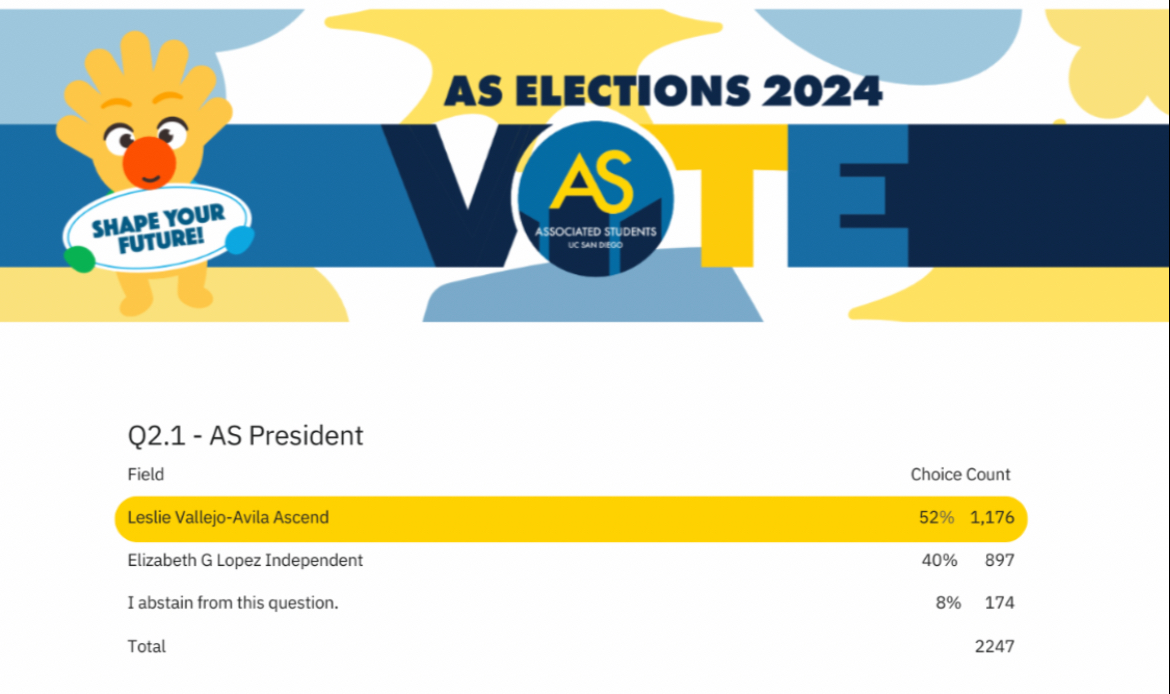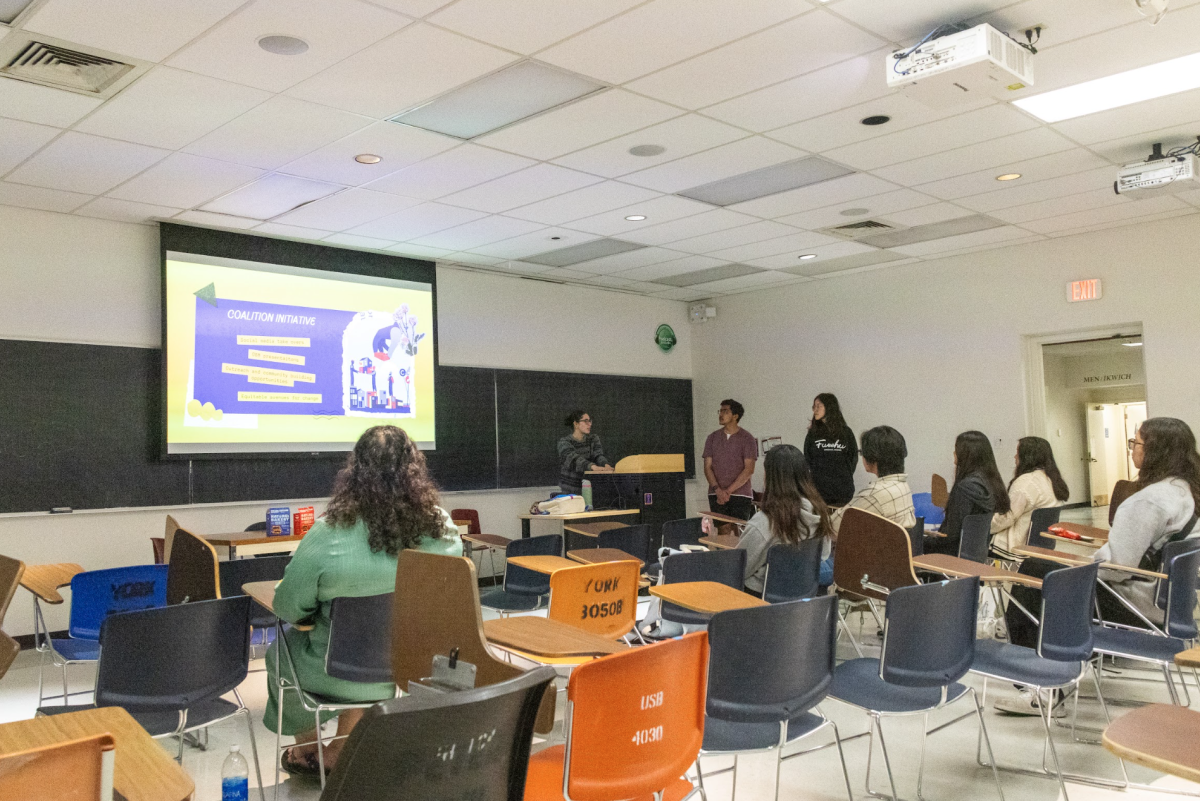Due to its infancy, vaping-related studies were not conducted on a regular basis. Now, UCSD has done studies revealing possible long-term effects of vaping.
The vaping industry is experiencing an extended period of success as an industry. According to GrandView Research, the most popular alternative to cigarettes now boasts projections of yearly growth from now until 2027. By the end of 2027, the industry will reach 23.8 percent growth in disposable, rechargeable, and modular devices. These returns identify the growing fiscal influence that vaping companies will wield.
The good fiscal health of the vaping industry poses a question about whether vaping merits celebration as a mainstream substitute to tobacco products. The device’s reputation early on depended solely on a study from the UK that deemed it to be 95 percent safer than smoking. This study coincided with the industry’s first large boom in the 2010s. At this point in time, there were no American studies that backed the use of the device.
Entering a new decade, health experts turned their attention to the unstudied nicotine device and publishing more research about vaping’s health effects and viability as an alternative to smoking. UC San Diego’s health department contains a conglomerate of experts who are interested in discovering the longer term effects of vaping.
The hesitancy to label “vaping” as an inherently bad thing stemmed from the lack of information and direct side effects people could point to. The professors at the UCSD School of Medicine uncovered further details about how vaping can jeopardize a person’s health without pointing to a mythical boogeyman.
Dr. John Pierce, a professor Emeritus of Cancer Prevention at UC San Diego Moores Cancer Center, led a study centered around whether vaping can create a path for e-cigarettes to stop nicotine addiction. The study found the cessation of nicotine from e-cigarettes “closely matched smokers.”
“Among this representative sample of U.S. smokers trying to quit, we found no evidence that e-cigarettes were helpful in the quit attempt,” Pierce said to UCSD Health.
On top of simply highlighting the ineffectiveness as an alternative, a follow up study found the result of picking up vaping is a potential negative to quitting the consumption of nicotine. It is possible that “without the use of e-cigarettes they would have been more successful in breaking their nicotine dependence,” according to Karren Messer, director of biostatistics at UCSD Moores Cancer Center.
The newer findings show the addictiveness of vape is similar to cigarettes and can even enhance nicotine-dependence. While lacking the same consequences compared to cigarettes, the addiction levels of e-cigarettes present a side effect that nicotine users need to consider.
Apart from focusing on the role vaping plays as an alternative to smoking, the youth consumption of the aerosol-based vapor created an avenue for young people to get hooked on nicotine. In another study by UCSD, researchers placed their attention on the long term effects of vaping at a young age and how intense of an addiction emerges.
“Researchers found that in 2014 people aged 12 to 24 who used e-cigarettes were three times as likely to become daily cigarette smokers in the future. Among those who reported using a tobacco product, daily use increased with age through age 28. Daily cigarette smoking nearly doubled between 18 to 21 year olds (12 percent) and 25 to 28 year olds (21 percent).”
The e-cigarettes provide a tasty entry into the nicotine stratosphere which hooks teenagers and provides a gateway into cigarettes and other tobacco products. While some adults use vaping as a means to ease off of tobacco, the opposite is happening to teenagers as they begin with vaping and then transition into cigarettes.
“I started vaping during my junior year of high school and I had my first cigarette around my second year of college,” said a third year student from Revelle. “I used to only vape, but I began to appreciate the edginess of smoking a cigarette and now I use them to get my nicotine fix. I have dipped my toe into chewing tobacco as well and now I alternate between the three options.”
The student provides a prime example for the effects of introducing vaping to a young audience. He remains addicted to nicotine and said he accepts the fact that he will never be able to quit. He does not regret his decision, however, as it has made him feel like he fits in at parties and social settings.
Experiences similar to this student’s shift the starting point of addiction to nicotine and cigarette use from cigarettes to now e-cigarettes as the launch point. The newfound popularity among the youth is leading to the de-stigmatization by the youth of nicotine and cigarette use that many health experts have battled for years.
“We know that e-cigarette use among high school seniors, most under the age of 18, increased from 38 percent in 2016 to 45 percent in 2019. These results suggest that recent rapid growth in adolescent e-cigarette use will lead to increased daily cigarette smoking among young adults in the United States, reversing decades of decline in cigarette smoking,” Pierce told UCSD Health.
The younger audience of the vaping industry is leading the reversal of the nicotine stigma and causing the number of people who vape to rise. These younger people will remain consumers for a long time and generate more attention to the industry.
While the consequences of vaping long-term were never specifically pointed out due to the short lifespan of vaping in the mainstream, recent developments in research attempt to find any possible direct concern health-wise that people can suffer from extended use of e-cigarette. With a short shelf life, there was little room to study these effects; now it is easier.
Dr. Pradipta Ghosh, a professor of cellular and molecular medicine at UCSD School of Medicine and Moores Cancer Center, discovered one of the health effects of continued vaping.
“Chronic use of nicotine-free e-cigarettes led to a ‘leaky gut,’ in which microbes and other molecules seep out of the intestines, resulting in chronic inflammation,” Ghosh said. “Such inflammation can contribute to a variety of diseases and conditions, including inflammatory bowel disease, dementia, certain cancers, atherosclerosis, liver fibrosis, diabetes and arthritis.”
This “leaky gut” effect lowers immune system response and leaves the body susceptible to a myriad of illnesses. The specifics related to these effects offer one of the few examples of a direct consequence from vaping and a reason why beginning to vape at a young age could lead to health complications down the road.
“The safety of e-cigarettes have been debated fiercely on both sides,” Gosh told UCSD Health. “Nicotine content, and its addictive nature, has always been the major focus of those who argue against its safety, whereas lack of chemicals in the carcinogens that are present in the cigarette smoke has been touted by the makers of e-cigarettes when marketing these products as a ‘healthy alternative.’ In reality, it’s the chemicals making up the vapor liquid that we should be more concerned about as they are the cause of gut inflammation.”
As the vaping industry begins to age, more studies related to the effects of e-cigarettes will continue to surface. The FDA does not approve the use of vaping as a regulated nicotine product like nicotine gum due to the questions they have about the potential harmful effects of vaping. In light of the recent studies, the FDA has proven correct in questioning the long-term effects further until they approve vaping.
The series of UCSD Health studies point out the contradictions that the vaping product holds as a whole. The use of electronic cigarettes generate intense levels of addiction that can lead to people using the device their entire lives. Vapes are not effective as a transition from cigarettes and pose their own health consequences like the “leaky gut.” The vaping companies generated a positive stigma around vaping by blowing smoke into the consumer’s faces.
Art by Yui Kita for The UCSD Guardian.














